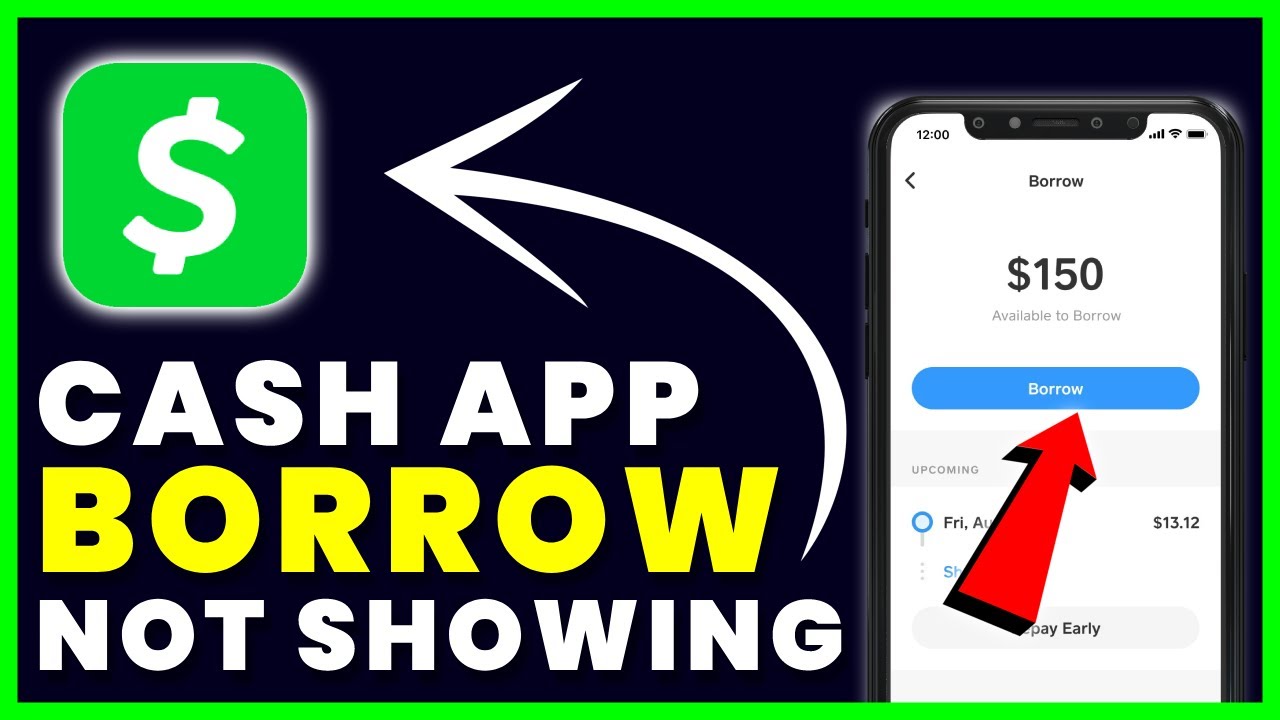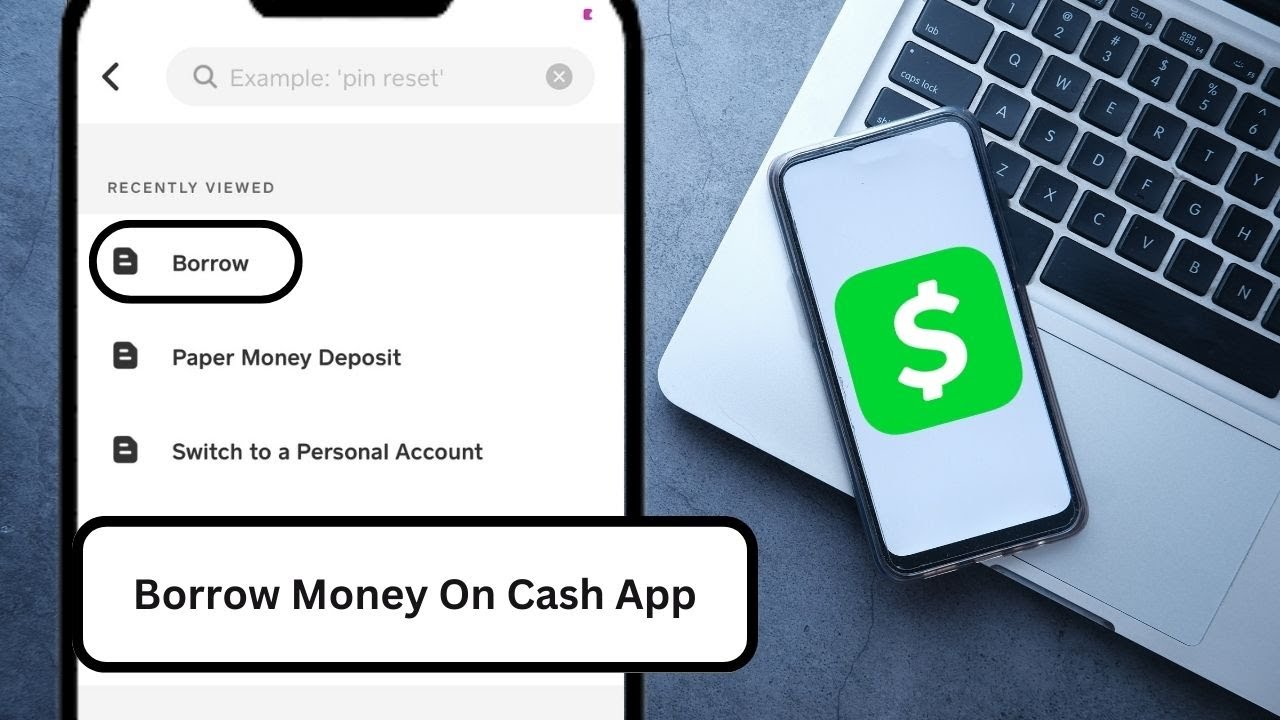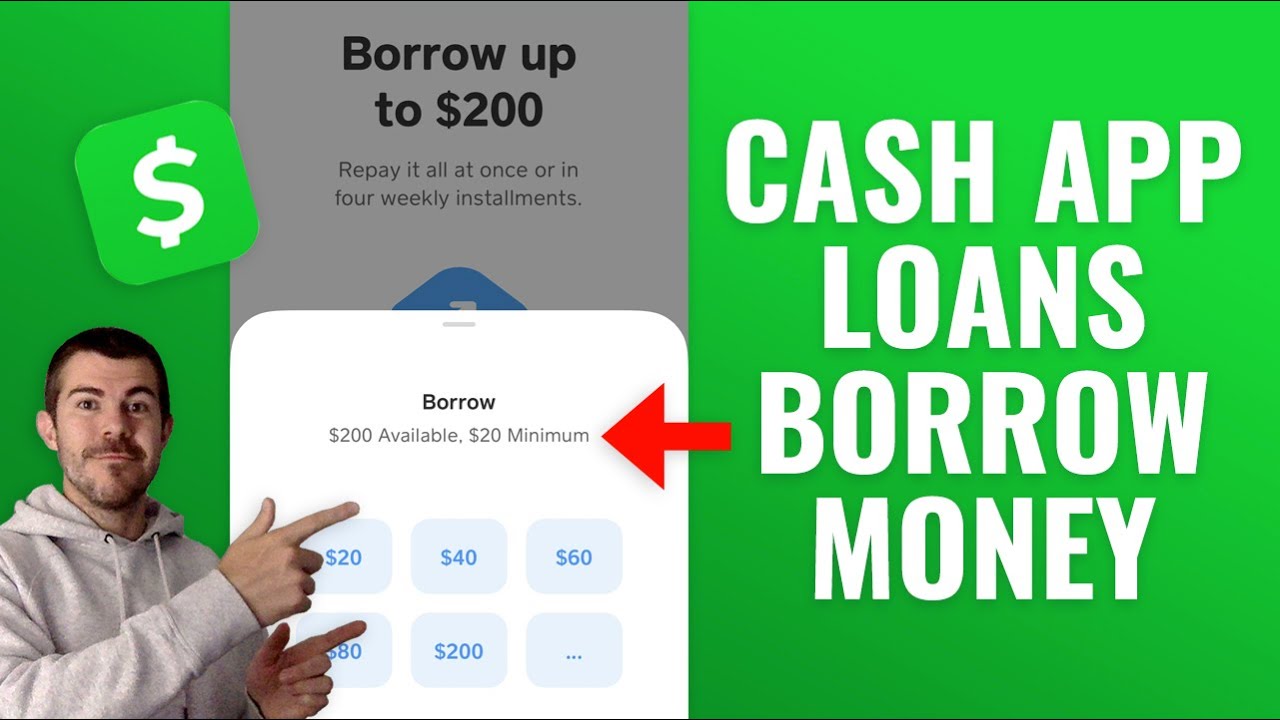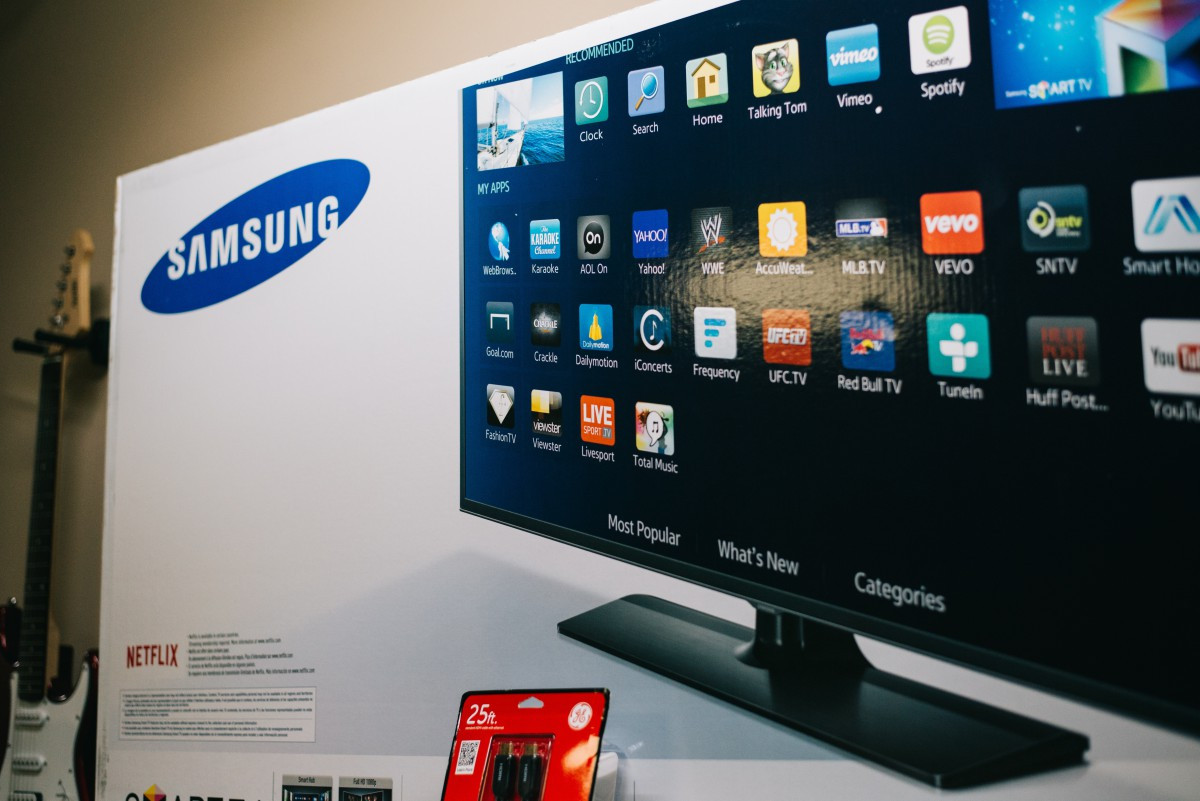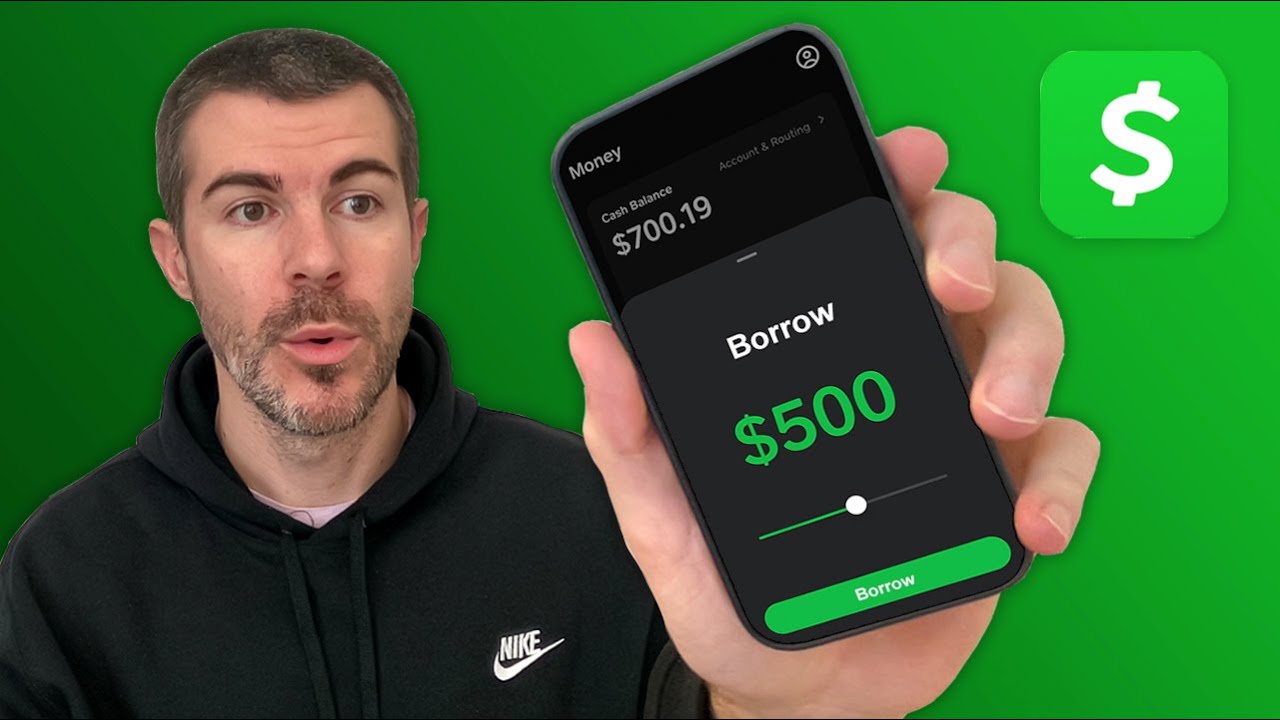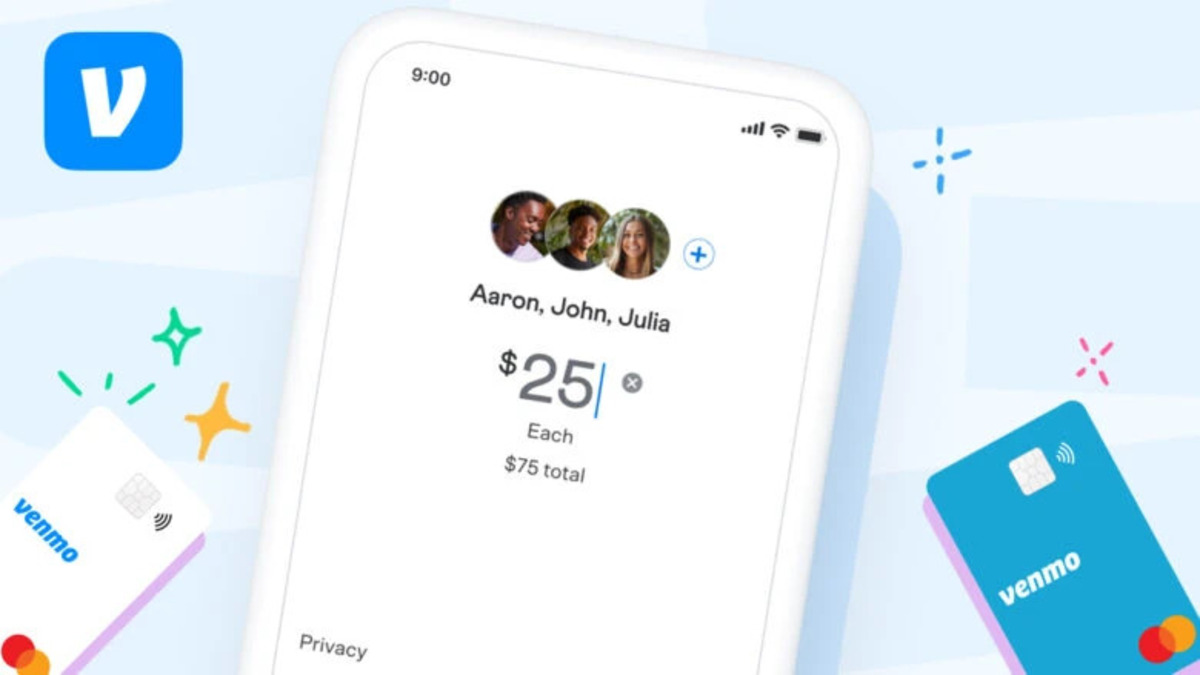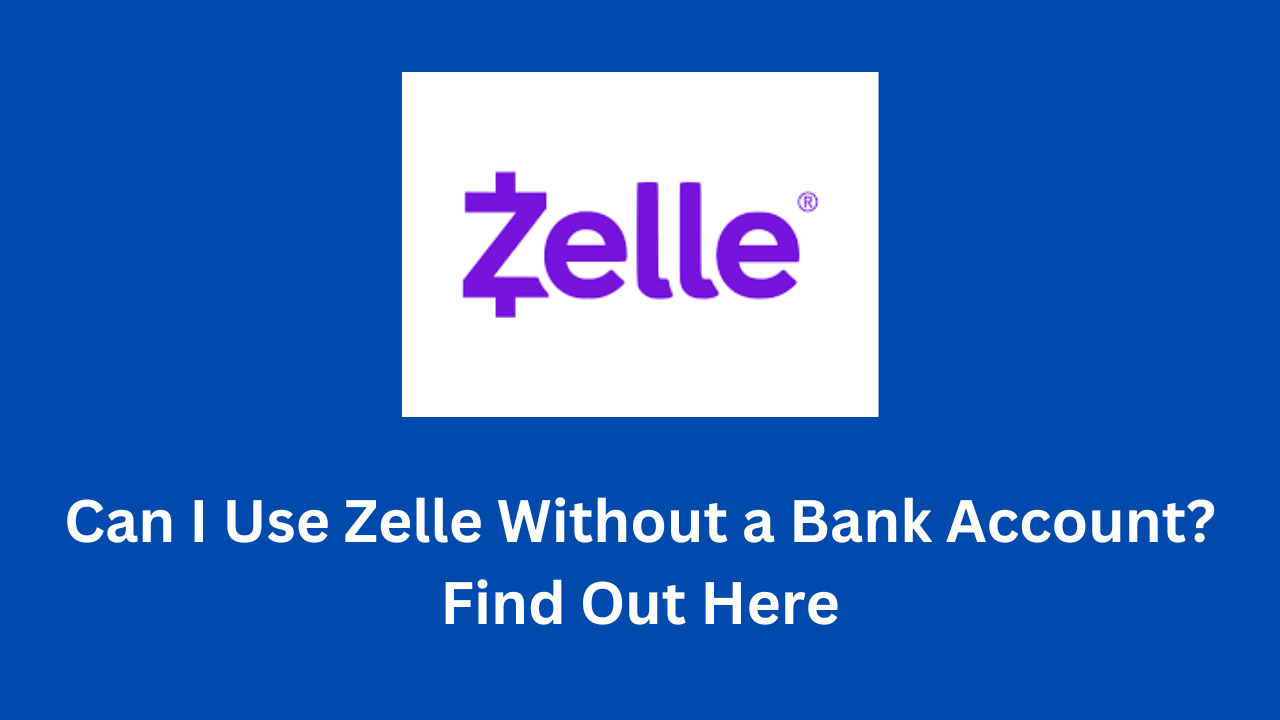Introduction
Welcome to our guide on why you can’t borrow money from Cash App. Cash App, developed by Square Inc., is a popular mobile payment service that allows users to send and receive money easily. With its user-friendly interface and various features, Cash App has gained immense popularity among individuals and businesses alike. However, one feature that may be notably missing from Cash App is the ability to borrow money.
While many users may expect Cash App to offer borrowing options similar to traditional financial institutions, it is important to understand that Cash App primarily functions as a peer-to-peer payment service rather than a lending platform. This means that Cash App focuses on facilitating transactions between users rather than providing loans or credit services.
Although you may not be able to borrow money directly from Cash App, the service offers numerous other convenient features such as instant transfers, Cash Card (a Visa debit card linked to your Cash App balance), and the ability to invest in stocks and Bitcoin. So, while Cash App may not provide direct lending options, it still offers a range of financial services that can enhance your overall financial management.
In the following sections, we will delve deeper into how Cash App works, the reasons behind their policy of not offering borrowing options, and provide alternative solutions that you can explore if you are in need of borrowing money.
Cash App Overview
Cash App is a popular mobile payment service that allows users to easily send and receive money from friends, family, and businesses. It was developed by Square Inc., a well-known American financial services company, and has quickly gained traction in the digital payment industry.
With Cash App, users can link their bank accounts or debit cards to the app and transfer money seamlessly. The app is available for both Android and iOS devices, making it accessible to a wide range of users.
One of the key advantages of Cash App is its simplicity and user-friendly interface. Sending money through Cash App is as easy as entering the recipient’s username, email address, or phone number and specifying the amount. The funds are then instantly transferred to the recipient’s Cash App account.
In addition to person-to-person money transfers, Cash App also offers a range of other features. Users can request money from others, purchase goods and services from participating merchants, and even invest in stocks and cryptocurrency like Bitcoin.
Furthermore, Cash App provides users with a virtual Visa debit card called the Cash Card. This card is linked to the user’s Cash App balance, allowing them to make purchases online and in-store, even if they don’t have a physical bank account.
Overall, Cash App offers a convenient and efficient way to handle financial transactions in today’s digital world. While it may not provide borrowing options like traditional financial institutions, it still serves as a valuable tool for transferring money and managing personal finances.
How Cash App Works
Understanding how Cash App works is essential to fully utilize its features and functionalities. Here’s a step-by-step breakdown of how Cash App functions:
- Download and Sign Up: The first step is to download the Cash App from the App Store or Play Store. Once installed, you will need to sign up for an account using your phone number or email address. You can also create a unique username, known as a $Cashtag, which others can use to send you money.
- Link Your Bank Account: To send and receive money on Cash App, you will need to link your bank account or debit card. This is done securely through the app, and the provided information is encrypted to protect your financial data.
- Add Money to Your Cash App Account: You can add funds to your Cash App account by transferring money from your linked bank account. Alternatively, you can opt to receive direct deposits into your Cash App balance.
- Send and Receive Money: Once your Cash App account is funded, you can start sending money to other Cash App users. Simply enter the recipient’s $Cashtag, email address, or phone number, followed by the amount you wish to send. The funds are instantly transferred from your Cash App balance to the recipient’s account. You can also request money from others by sending them a payment request.
- Use the Cash Card: If you opt for the Cash Card, you will receive a physical or virtual Visa debit card linked to your Cash App balance. You can use this card to make purchases online or in-store, withdraw cash from ATMs, and enjoy various other benefits associated with a debit card.
- Investing and Cash Boosts: Cash App allows users to invest in stocks and Bitcoin. Additionally, they offer Cash Boosts, which are instant discounts or cashback rewards for using your Cash Card at specific merchants.
- Withdraw Funds: If you wish to transfer your Cash App balance back to your linked bank account, you can do so easily. Cash App offers options for instant transfers, which come with a small fee, or standard transfers, which are free but may take a few business days to process.
By following these simple steps, you can make the most of Cash App’s features and seamlessly manage your money transactions.
Can You Borrow Money from Cash App?
One common question that arises among Cash App users is whether they can borrow money from the platform. Unfortunately, the answer is no. Cash App does not offer borrowing options, such as personal loans or lines of credit, like traditional financial institutions.
The primary function of Cash App is to facilitate quick and convenient peer-to-peer money transfers. It serves as a digital wallet for managing your funds and making transactions with friends, family, or businesses. However, Cash App is not designed to provide loans or act as a lending platform.
It is important to note that Cash App’s focus on simplicity and ease of use does not extend to borrowing money. While the app offers a range of other features, such as the ability to invest in stocks and Bitcoin or use the Cash Card for purchases, borrowing money is not one of them.
If you are in need of borrowing money, it is advisable to explore alternative lending options, such as traditional banks, credit unions, or online lenders. These institutions specialize in providing loans and credit services, offering a variety of borrowing solutions based on your financial needs and qualifications.
While Cash App may not be the answer for borrowing money, it remains a convenient platform for managing your day-to-day financial transactions. Its focus on instant transfers, Cash Card, and other features can still be beneficial in simplifying and streamlining your financial activities.
The Reasons Behind Cash App’s Policy
Although Cash App does not offer borrowing options, there are several reasons behind this policy. Understanding these reasons can provide insights into why Cash App has chosen to focus solely on its core functionality as a peer-to-peer payment service instead of venturing into lending:
- Regulatory Considerations: Cash App operates in a highly regulated financial landscape. Becoming a lender would require adherence to extensive regulations and compliance measures, which may not align with the app’s core mission of providing a simple and user-friendly payment service. By avoiding lending, Cash App can focus on delivering a seamless money transfer experience without the additional complexities of being a lender.
- Risk Management: Lending inherently involves risk assessment, credit checks, and the need to ensure borrowers are eligible and capable of repaying the borrowed funds. Managing this risk can be a complex process, especially for a platform primarily designed for instant peer-to-peer payments. Cash App’s decision to not offer borrowing options helps maintain the simplicity and speed of their core functionality.
- Business Model: Cash App’s business model is centered around generating revenue from transaction fees and its other financial services, such as investing in stocks and Bitcoin. By focusing on these revenue streams, Cash App can sustain its operations and continue to offer its core services without the added complexity and potential financial risks associated with being a lender.
- User Experience: Cash App prioritizes delivering a seamless and intuitive user experience. Offering lending options could introduce additional features, requirements, and potential complications that may detract from the simplicity and ease of use that users appreciate about Cash App. By focusing on its core functionality, Cash App can maintain a streamlined user experience.
While Cash App’s decision not to offer borrowing options may disappoint some users, it is important to recognize the rationale behind this policy. Rather than diversifying its offerings, Cash App chooses to focus on providing a reliable and efficient peer-to-peer payment service that simplifies transactions and enhances the overall user experience.
How to Increase Your Chances of Borrowing Money from Cash App
While Cash App does not currently offer borrowing options, there are a few strategies you can employ to increase your chances of accessing funds through alternative methods:
- Improve Your Credit Score: If you are looking for borrowing options, it is important to have a good credit score. Lenders typically consider your credit history and score when assessing your eligibility for loans. Maintaining a good credit score by making timely payments and managing your debts responsibly can enhance your chances of qualifying for loans from traditional financial institutions.
- Explore Traditional Lenders: Consider reaching out to your local bank, credit unions, or other traditional lenders for borrowing options. These institutions have established lending programs and are more likely to offer various loan solutions tailored to your specific needs and financial profile.
- Research Online Lenders: Online lending platforms have become increasingly popular, offering more flexibility and convenience compared to traditional financial institutions. Conduct thorough research to find reputable online lenders that offer competitive interest rates and favorable loan terms.
- Build a Relationship with a Bank: Establishing a relationship with a specific bank can enhance your chances of accessing borrowing options. By maintaining a stable banking relationship, demonstrating responsible financial behavior, and utilizing other services provided by the bank, you may increase your eligibility for loans.
- Consider Collateral: Providing collateral, such as a valuable asset or property, can improve your chances of securing a loan. Lenders may be more willing to lend money when there is a tangible asset to secure the loan against, reducing their risk.
- Seek Financial Advice: Consulting with a financial advisor or credit counselor can provide valuable insights and guidance on improving your financial situation and increasing your chances of accessing borrowing options.
Remember, while Cash App may not offer borrowing options, there are various lenders and institutions that specialize in providing loans. With careful research, responsible financial management, and strategic planning, you can increase your chances of finding the right borrowing solution that suits your needs.
Alternatives to Borrowing Money from Cash App
If you’re in need of borrowing money but Cash App doesn’t offer lending options, there are several alternatives you can consider:
- Traditional Banks: Contact your local bank or credit union to explore borrowing options. Traditional financial institutions typically offer a variety of loan products, including personal loans, lines of credit, and credit cards, which may be suitable for your needs.
- Online Lending Platforms: Online lenders have gained popularity in recent years for their convenience and accessibility. Platforms like LendingClub, SoFi, and Prosper offer a range of loan options with competitive interest rates and flexible terms. Research reputable online lenders and compare their offerings to find the best fit for your borrowing needs.
- Peer-to-Peer Lending: Peer-to-peer lending platforms, such as Prosper and Peerform, connect borrowers directly with individual lenders. These platforms provide an alternative to traditional lending institutions and may offer more flexible terms and lower interest rates.
- Credit Unions: Consider joining a credit union if you’re eligible. Credit unions are member-owned financial cooperatives that often provide more favorable loan terms and lower interest rates compared to traditional banks.
- Family and Friends: If possible, you could consider borrowing money from family or friends. However, it is important to approach such arrangements with caution and ensure clear terms and repayment plans are established to maintain healthy relationships.
- Community Programs and Assistance: Explore local community programs or assistance organizations that provide financial support to individuals in need. These programs may offer grants, low-interest loans, or other forms of assistance depending on your circumstances.
While it may be disappointing that Cash App doesn’t offer borrowing options, there are numerous alternatives available. It’s crucial to assess your financial situation, research options thoroughly, and compare loan terms, interest rates, and repayment plans to find the most suitable solution for your borrowing needs.
Conclusion
While Cash App is a convenient mobile payment service that allows users to send and receive money with ease, it does not currently offer borrowing options. Understanding this limitation can help manage expectations and explore alternative avenues for borrowing money when needed.
In this guide, we’ve explored the reasons behind Cash App’s policy of not providing borrowing options. Regulatory considerations, risk management, business model focus, and user experience are among the factors that contribute to this decision.
However, if you find yourself in need of borrowing money, there are several alternatives to consider. Traditional banks, online lenders, peer-to-peer lending platforms, credit unions, and even borrowing from family and friends are viable options to explore.
By improving your credit score, researching lenders, and seeking financial advice, you can increase your chances of securing a loan that fits your needs. It’s important to carefully consider the terms, interest rates, and repayment plans to ensure responsible borrowing.
While Cash App may not meet your borrowing needs, it remains a valuable platform for managing day-to-day financial transactions. Its user-friendly interface, instant transfers, Cash Card, and additional features such as investing in stocks and cryptocurrency make Cash App a convenient tool for personal financial management.
Remember, financial decisions should be made after evaluating all available options and considering your specific circumstances. Whether you’re using Cash App or exploring alternative lending platforms, responsible borrowing practices are essential for maintaining financial well-being and achieving your financial goals.







